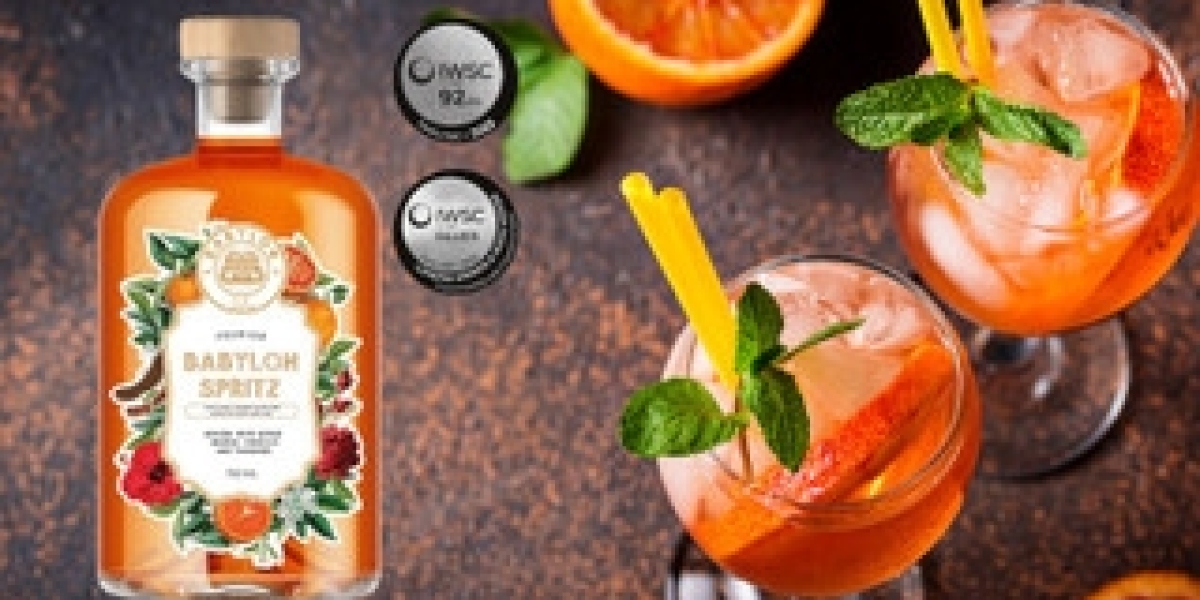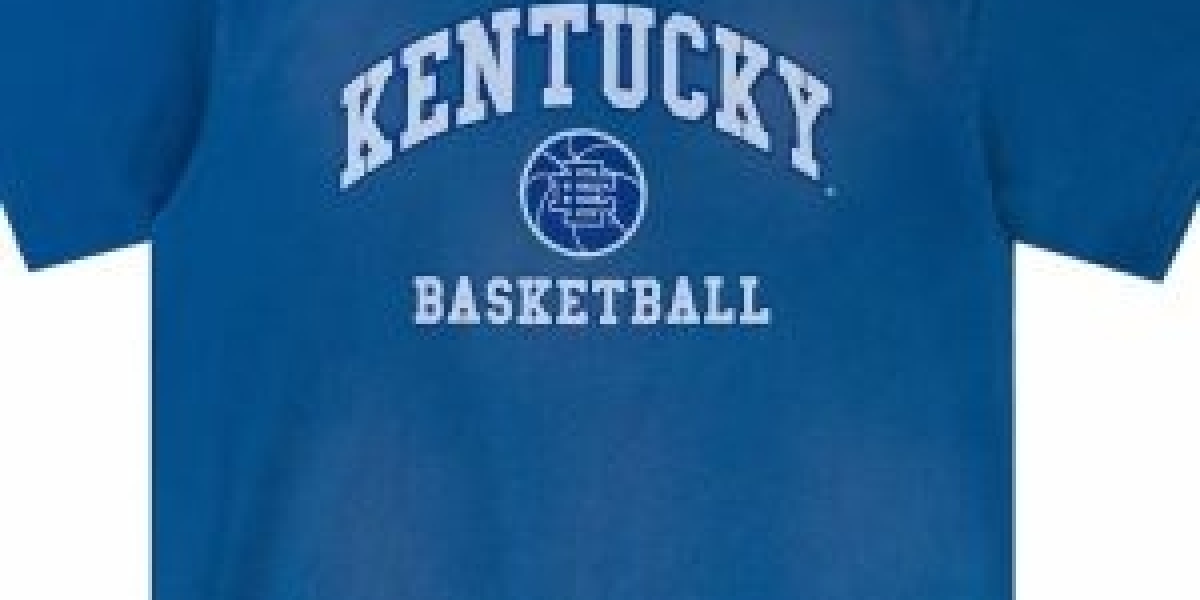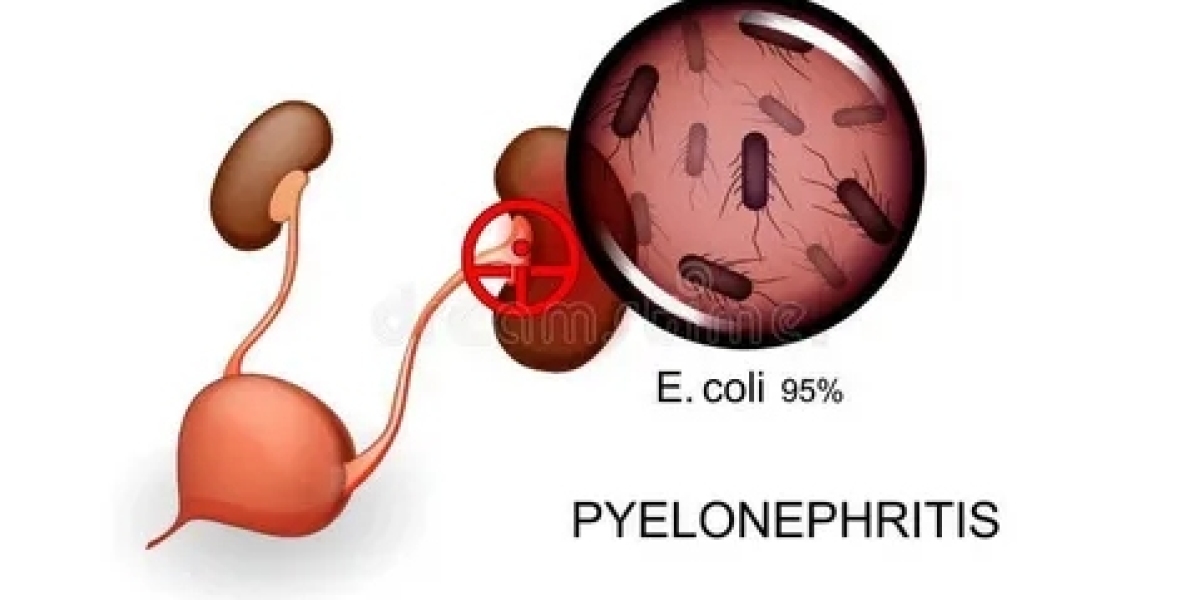Non Alcoholic Wines | A Refined Choice for the Modern Drinker
In recent years, the concept of enjoying a glass of wine without the effects of alcohol has evolved from a niche trend into a global movement. The growing popularity of non alcoholic wines is no longer limited to those who abstain from drinking for religious or health reasons — it’s a sophisticated lifestyle choice embraced by wine lovers seeking balance, mindfulness, and wellness. These refined beverages offer the flavor, aroma, and complexity of traditional wine without the intoxicating effects, allowing enthusiasts to savor the ritual of wine drinking in a more conscious way.
The Evolution of Non Alcoholic Wines
The origins of non alcoholic wines can be traced back to the early 20th century when winemakers first experimented with removing alcohol from wine. Initially, these beverages lacked the depth and character of traditional wines due to the limitations in technology. Early versions often tasted overly sweet or flat, failing to capture the essence of fine wine. However, as winemaking technology advanced, particularly with the introduction of vacuum distillation and reverse osmosis, producers were able to preserve the intricate flavors and aromas that define quality wine.
Today, the non alcoholic wine industry represents a blend of tradition and innovation. Top wineries use high-quality grapes, ferment them as usual, and then carefully extract the alcohol without compromising the wine’s sensory profile. This meticulous process ensures that every sip retains the richness, balance, and bouquet that wine enthusiasts expect.
The Growing Popularity of Alcohol-Free Alternatives
As health consciousness continues to influence consumer habits, people are looking for ways to enjoy social experiences without the drawbacks of alcohol. Non alcoholic wines fit perfectly into this changing landscape. They provide an inclusive option for designated drivers, pregnant women, athletes, and anyone looking to reduce alcohol consumption while still enjoying the sophistication of wine culture.
The modern consumer’s relationship with alcohol has shifted toward moderation and mindfulness. Movements like “Dry January” and “Sober Curious” have encouraged individuals to reassess their drinking habits, making alcohol-free wines a natural choice for those seeking a refined alternative. Moreover, the growing demand for functional and low-calorie beverages aligns perfectly with the health benefits associated with non alcoholic wines.
How Non Alcoholic Wines Are Made
The creation of non alcoholic wine begins just like traditional winemaking. High-quality grapes are harvested, crushed, and fermented to produce a full-bodied wine. It’s only after this stage that the alcohol is gently removed. The two most common methods used today are vacuum distillation and reverse osmosis.
Vacuum distillation involves heating the wine at a lower temperature under reduced pressure, which allows alcohol to evaporate without damaging the delicate flavors. Reverse osmosis, on the other hand, filters out alcohol and water molecules through a special membrane, preserving the aromatic compounds. The result is a complex, flavor-rich wine that retains the essence of its alcoholic counterpart.
Once the alcohol is removed, the wine is rebalanced with natural flavors, tannins, and sometimes grape juice concentrate to restore body and roundness. This ensures the final product has a full mouthfeel and pleasant aroma, comparable to premium wines.
Flavor Profiles and Varieties of Non Alcoholic Wines
Non alcoholic wines come in an impressive array of varieties — from crisp whites to full-bodied reds, and even sparkling versions that rival Champagne.
Red Non Alcoholic Wines: These wines typically showcase deep, fruity notes of cherry, blackberry, and plum, along with hints of oak or spice. They pair beautifully with hearty dishes like pasta, grilled meats, or roasted vegetables.
White Non Alcoholic Wines: Known for their refreshing acidity and lightness, these wines often feature flavors of apple, pear, or citrus. They are perfect for seafood, salads, or light appetizers.
Rosé Non Alcoholic Wines: A delightful balance between red and white, non alcoholic rosé wines offer a vibrant, fruity taste with notes of strawberry and raspberry. Ideal for summer picnics or casual gatherings, they add a festive touch without the buzz.
Sparkling Non Alcoholic Wines: These are a popular choice for celebrations. With their effervescence and clean finish, sparkling varieties mimic the sophistication of Champagne or Prosecco, making them perfect for toasts and special occasions.
Health Benefits of Choosing Non Alcoholic Wines
Beyond their appealing taste, non alcoholic wines also come with several health-related advantages. Since these wines contain minimal to zero alcohol, they eliminate the negative effects associated with alcohol consumption, such as dehydration, liver strain, and hangovers.
Moreover, many non alcoholic wines retain the antioxidants, particularly polyphenols and resveratrol, that are naturally present in grapes. These compounds are known to support heart health by improving circulation and reducing inflammation. Non alcoholic wines also tend to have fewer calories compared to traditional wines, making them an excellent choice for those monitoring their weight or blood sugar levels.
Additionally, these wines allow individuals to enjoy the social and psychological benefits of wine drinking — relaxation, celebration, and connection — without compromising their mental clarity or physical health.
Pairing Non Alcoholic Wines with Food
Food pairing with non alcoholic wines follows the same principles as traditional wine pairing. The key is to balance flavors and textures.
For instance, red non alcoholic wines pair wonderfully with grilled steaks, pasta in tomato sauce, or roasted mushrooms. Their rich, fruity base complements umami-driven dishes. White non alcoholic wines are best suited to seafood, poultry, and fresh salads, as their crisp acidity balances delicate flavors.
Rosé non alcoholic wines can accompany both spicy and light meals, offering versatility across cuisines, while sparkling varieties are ideal for celebratory dishes like canapés, desserts, and cheese platters.
Because of their balanced profiles, non alcoholic wines provide an elegant way to elevate dining experiences without alcohol’s overpowering effects.
The Art of Serving and Storing Non Alcoholic Wines
To truly appreciate non alcoholic wines, serving them at the right temperature is essential. Reds should be slightly below room temperature (around 15–18°C), while whites and rosés are best enjoyed chilled (around 8–12°C). Sparkling wines, of course, should be served well-chilled to enhance their crispness and effervescence.
Storage also plays a vital role. Non alcoholic wines, much like their traditional counterparts, should be kept in a cool, dark place away from direct sunlight. Once opened, they should be consumed within a few days to maintain freshness, as the absence of alcohol makes them more susceptible to oxidation.
Popular Brands and Market Trends
As demand for non alcoholic wines grows, numerous wineries and beverage companies have entered the market with exceptional offerings. Brands like Ariel, Fre, Luminara, Thomson & Scott Noughty, and Leitz Eins Zwei Zero are recognized for their craftsmanship and attention to detail. These producers are redefining what it means to create wine without alcohol, using cutting-edge technology to deliver depth and authenticity in every bottle.
Market reports indicate that the global non alcoholic wine market is projected to experience significant growth in the coming years. This surge is driven by the increasing adoption of healthy lifestyles, the influence of social media, and the rising availability of premium alcohol-free beverages in restaurants and retail stores worldwide.
Cultural Acceptance and Social Appeal
One of the most remarkable aspects of the rise of non alcoholic wines is how they are changing social norms. In the past, abstaining from alcohol might have been seen as unusual in social settings. Today, the narrative has shifted. Non alcoholic wines offer a way to participate fully in social rituals without the need to explain or justify one’s choices.
This inclusivity appeals to diverse audiences — from professionals avoiding hangovers before important meetings to parents who want to enjoy an evening drink without compromising responsibilities. The elegance and presentation of non alcoholic wines ensure that no one feels left out of celebratory or communal moments.
The Future of Non Alcoholic Wines
The future looks bright for non alcoholic wines as consumer awareness and innovation continue to grow. Advances in fermentation science and flavor enhancement will likely lead to even more refined products that rival — and perhaps surpass — traditional wines in quality and taste.
Moreover, as sustainability becomes a priority, many producers are focusing on organic, vegan, and eco-friendly practices in crafting non alcoholic wines. This aligns perfectly with the values of modern consumers who care about health, ethics, and environmental responsibility.
As non alcoholic wines continue to evolve, they symbolize more than just an alternative to alcohol — they represent a cultural shift toward mindful enjoyment, inclusivity, and self-care.
Conclusion
Non alcoholic wines are redefining the art of drinking. They bring together the best of both worlds — the sophistication of wine culture and the benefits of a sober lifestyle. Whether enjoyed during a meal, at a celebration, or simply as a way to unwind after a long day, these beverages allow individuals to experience the essence of wine without compromise.
In a society that increasingly values balance, well-being, and conscious living, non alcoholic wines stand as a testament to progress. They prove that indulgence and mindfulness can coexist beautifully, offering a refined experience for every palate and occasion.









